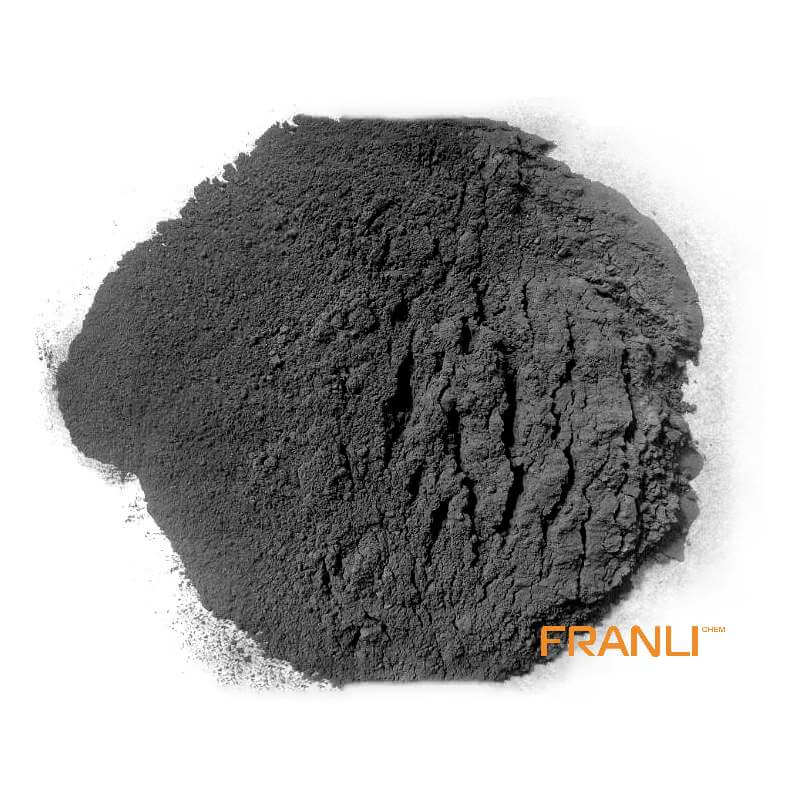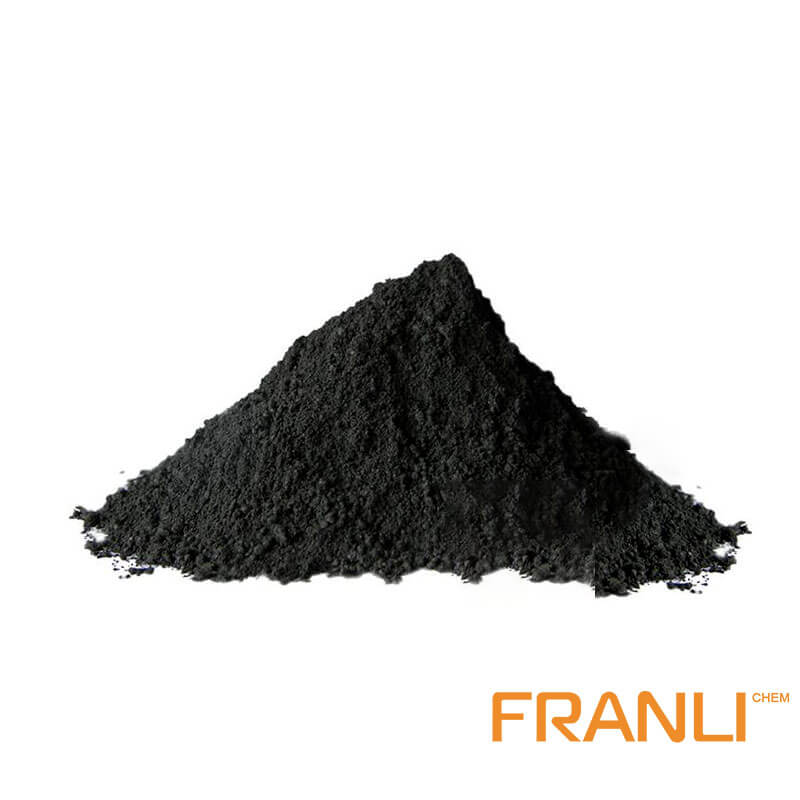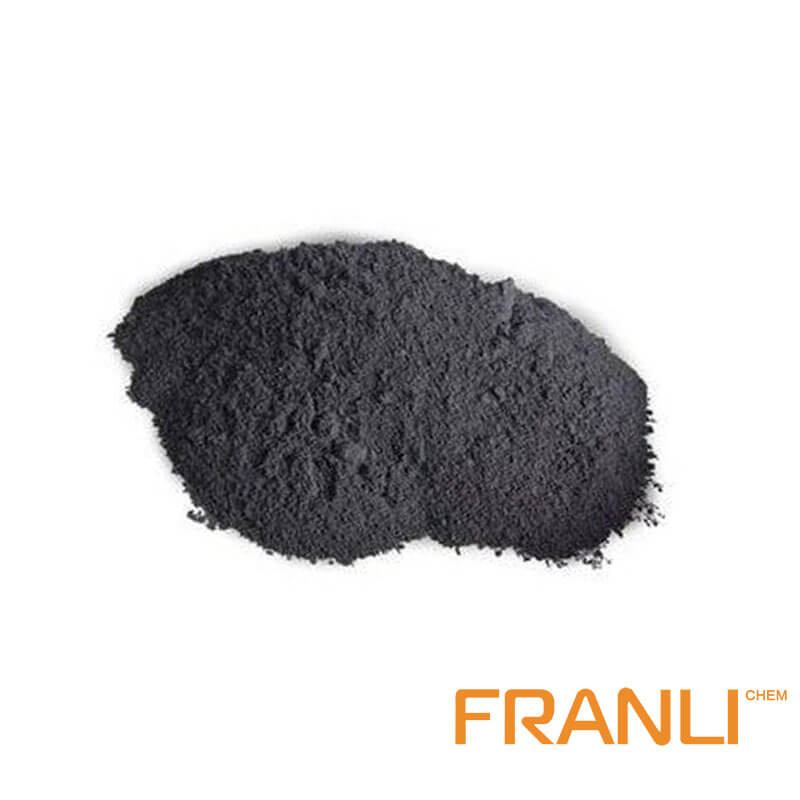


Artificial Graphite
Size
0.01mm or 0.07mm,etc
Package
25 kg small bags into ton bags or ton bags
Features
Good wear resistance, corrosion resistance, good thermal conductivity, etc.
Application
Can be used in making heat exchanger, reaction tank, absorption tower, etc.
There are many kinds of artificial graphite and different production processes. In a broad sense, all graphite materials obtained by carbonization of organic matters and treated by high temperature after being treated with graphite can be collectively referred to as artificial graphite.In the narrow sense, artificial graphite usually refers to the massive solid materials prepared by batching.
Request a quoteArtificial graphite and natural graphite are slightly different in nature and structure, and which is the best choice for manufacturing negative electrode materials, let us look at the following article
The energy density of lithium-ion batteries depends on the negative material to a large extent. From commercialization to now, graphite is the most mature anode material used in lithium-ion batteries.
The lithium-ion battery is favored for its high capacity, high voltage, high cycle stability, high energy density, no environmental pollution, and other excellent performance. It is known as the green energy and leading power supply in the 21st century and has a wide range of civil and national defense application prospects.

At present, lithium-ion batteries and their key materials have become the focus of industry in various countries, and also the high-tech industry supported by China’s energy field.
Recently, the 2019 Nobel Prize in chemistry has been awarded to three professors, John banisters good nav, Stanley Whittingham, and Akio Yosano, for their contributions to the development of lithium batteries.
In 1976, Stanley Whittingham and his team made the world’s first rechargeable lithium-ion battery, completing a qualitative leap in the field of battery technology.
In 1980, John banister good nav replaced titanium sulfide with lithium cobalt oxide as cathode material, which made the battery technology take a substantial step forward.
In 1991, Yoshino replaced lithium metal with graphite as anode material, which fundamentally improved the capacity, cycle life, and cost of lithium batteries.
The energy density of lithium-ion batteries largely depends on the anode material. From the commercialization of lithium-ion batteries to now, the most mature anode material is graphite.
Compared with other carbon materials, graphite materials have the advantages of high electronic conductivity, large lithium-ion diffusion coefficient, high lithium intercalation capacity, and low lithium intercalation potential. Moreover, graphite materials have a wide range of sources and low prices. It is an early used anode material and the mainstream anode material for lithium-ion batteries.
With the lithium-ion embedded in the graphite anode more and more deeply, the surface color of the anode changes gradually, from black to cyan black, then to dark yellow, and finally to golden yellow. The graphite anode also completes the transformation from C to lic12 to lic6, thus completing the charging process.
Graphite materials are mainly divided into artificial graphite and natural graphite.
In 2018, the total permeability of natural graphite and artificial graphite is about 93%, of which artificial graphite accounts for 69%, natural graphite 24%, and other graphite 7%.
Natural graphite has different particle sizes and wide particle size distribution. Untreated natural graphite can not be used as anode material directly, and it needs a series of processing before it can be used. Artificial graphite has the same morphology and particle size distribution.
Natural graphite has high capacity, high compaction density, and low price. However, due to the different particle sizes, more surface defects, poor compatibility with electrolytes, and more side reactions, natural graphite has the advantages of high capacity, high compaction density, and low price; The performance of artificial graphite is more balanced, cycle performance is good, and the compatibility with electrolyte is also better, so the price will be more expensive.
Although natural graphite has the advantages of cost and specific capacity, its cycle life is low, and its consistency is lower than artificial graphite. Compared with natural modified graphite, artificial graphite technology is more mature, and its electrolyte compatibility is better.
In addition, natural graphite is mainly used in small lithium batteries and general-purpose electronic products, while artificial graphite is widely used in automotive power batteries and high-end electronic products due to its excellent cycle performance, high rate charge-discharge efficiency, and electrolyte compatibility.

Natural graphite is mainly divided into amorphous graphite and flake graphite.
The purity of amorphous graphite is low, and the crystal plane spacing of graphite is 0.336 nm, which is mainly hexahedral graphite crystal plane ordered structure, that is, the graphite layer is arranged in the order of ABAB… And the orientation of a single microcrystalline presents various anisotropy, but after processing, microcrystalline particles interact with each other to form massive or granular particles with isotropic properties.
The results show that the crystallinity of flake graphite is high, the lamellar structure is unitary and has obvious anisotropy. This kind of structure determines that the volume of graphite changes greatly in the process of lithium intercalation and deintercalation, which leads to the structural damage of the graphite layer, resulting in largely irreversible capacity loss and severe deterioration of cycle performance.
As the negative graphite of lithium-ion battery, flake graphite has the disadvantage of large irreversible capacity for the first time, and its cycle performance and high current charge-discharge performance are poor. Therefore, in use, it often focuses on the modification of natural graphite to improve its structure and improve battery performance.
According to the different processing technology, artificial graphite is mainly divided into MCMB, soft carbon, and hard carbon.
The artificial graphite anode material is made of needle coke, petroleum coke, pitch coke, and other raw materials calcined at a certain temperature, then crushed, graded, and graphitized at high temperatures. Its high crystallinity is formed by graphitization at high temperatures.
With the outbreak of the global power battery market, the comprehensive requirements of material cost, processing performance, energy density, cycle life, fast charging rate, and other factors have been improved, and artificial graphite has gradually become the first choice of lithium battery anode materials.
In recent years, thanks to the growth of power battery output brought by the demand for new energy vehicles, the global demand for artificial graphite has increased year by year. In 2018, the global demand for artificial graphite will reach 127000 tons, with a year-on-year growth of 39.6%. It is expected that the market demand will reach 425000 tons by 2025.
In 2018, China’s demand for synthetic graphite reached 86000 tons, a year-on-year increase of 32.3%, and its shipment reached 133000 tons, a year-on-year increase of 33%.
With the continuous expansion of the power battery market, man-made graphite has become the most important anode material in China. It is estimated that the demand for man-made graphite in China will reach 265000 tons in 2025.



